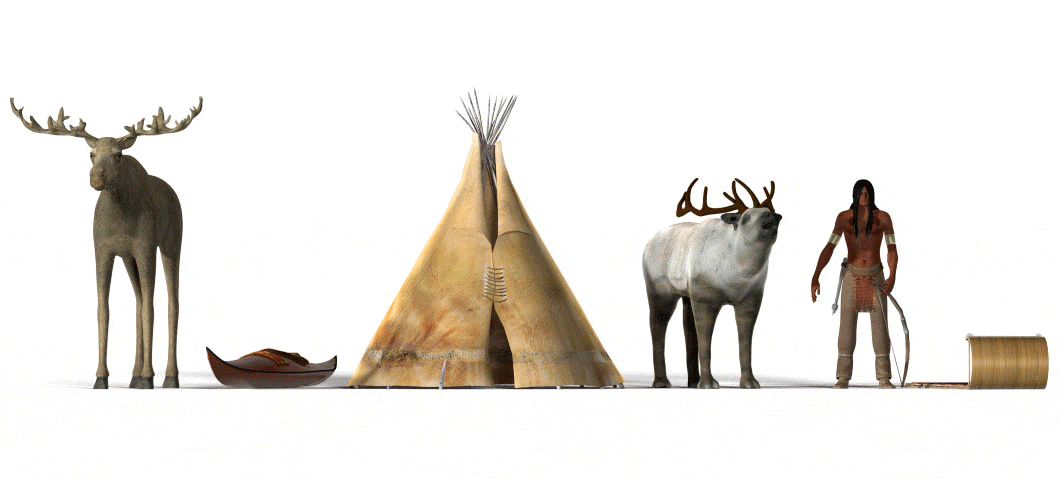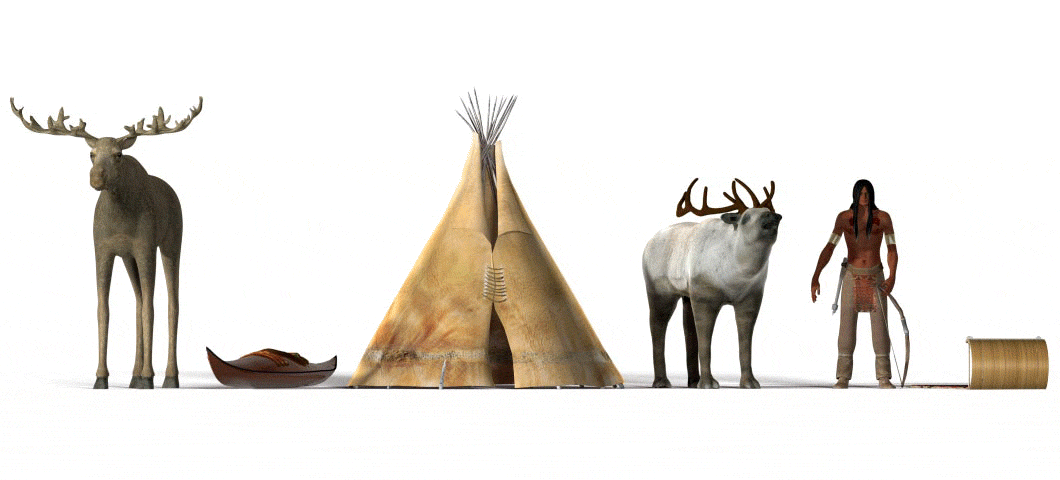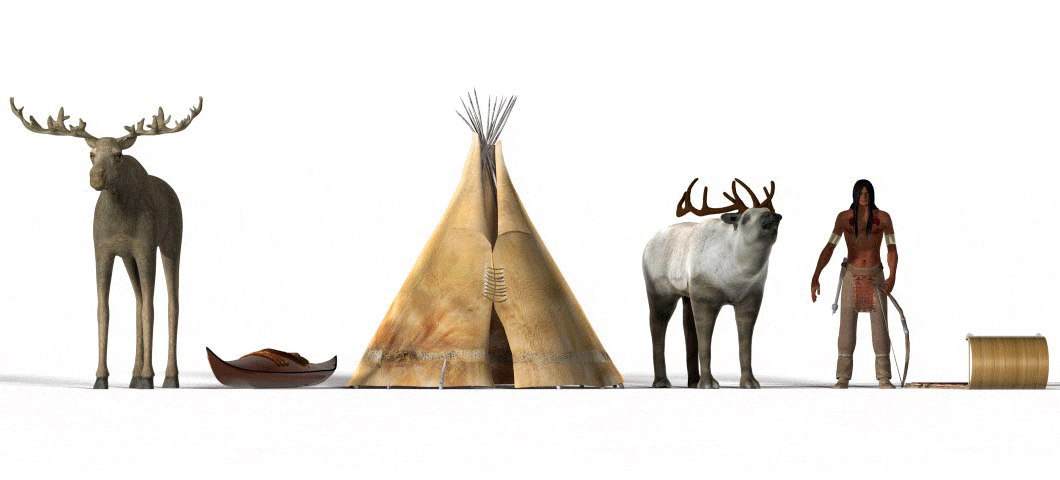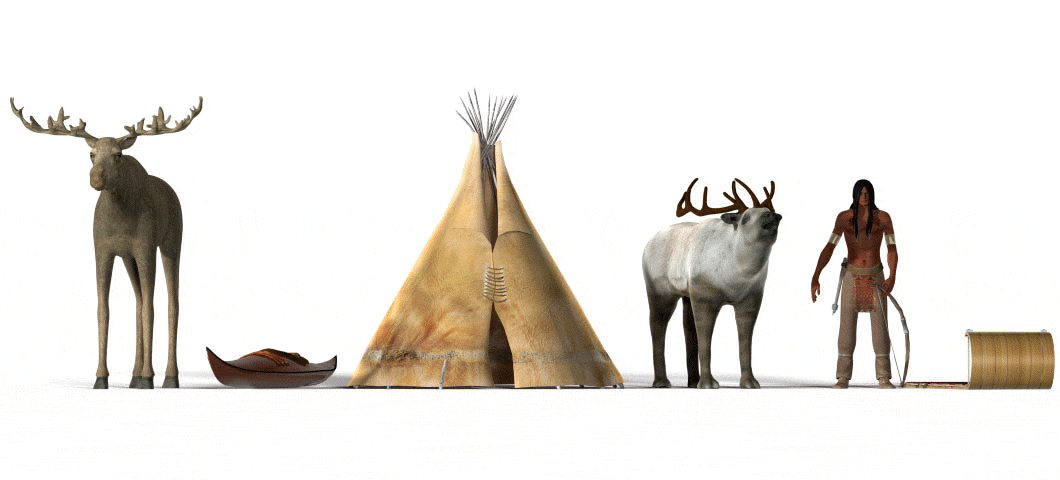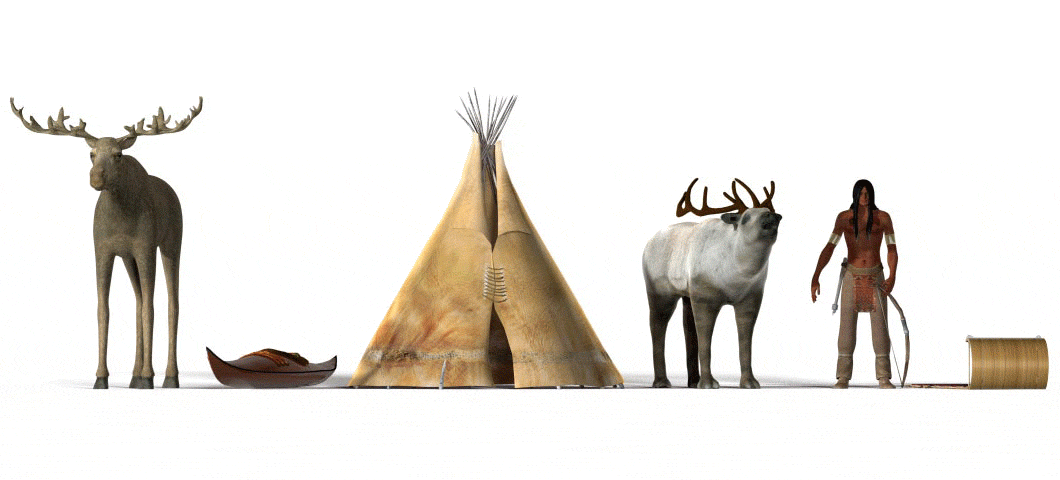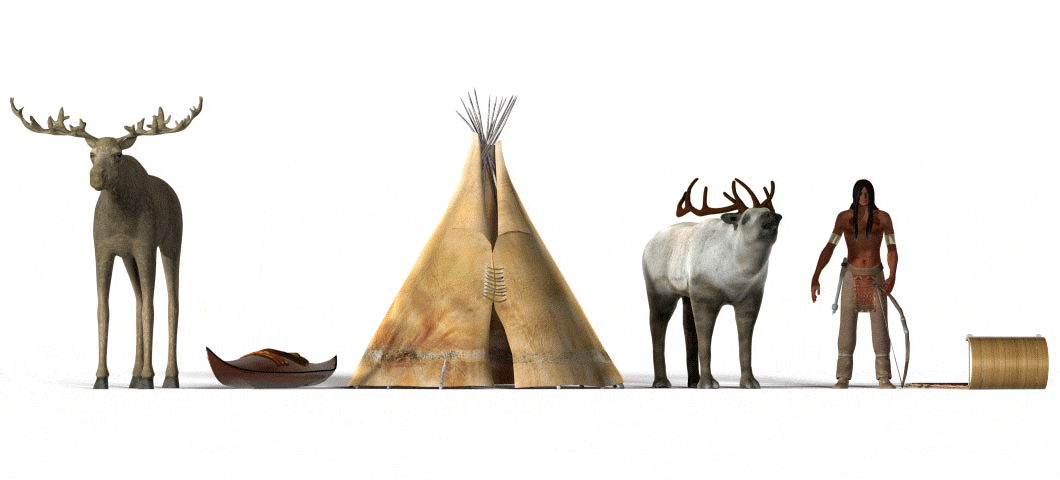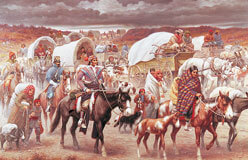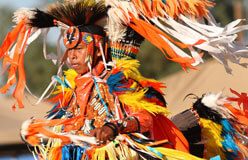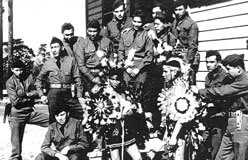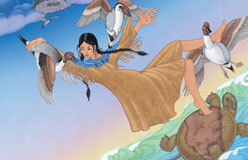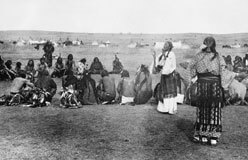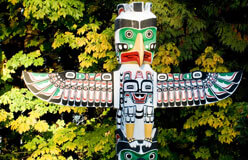Among Native Americans, play is serious business.
Games and sports are often played in a sacred way. That way they will benefit the whole tribe. A game might be played to honor the dead or to gain favor with spirits. It might be played to heal illnesses or to create better weather. It also may be played to change an unwanted situation.
Games used to be training for hunting and warfare. They also made a tribe’s social ties stronger. Anyone could play, and games were all about teamwork.
There are two main types of Native American games: chance and skill. Gambling was a big part of the games of chance. They said it actually made the games more sacred. The Iroquois teach that a game of chance reminds players that the things around them don’t belong to them. They belong to the world. Playing a game and taking the chance you might lose things tells the Creator that you are grateful for the use of these things. It also says you are willing to share these things. Games are important for spiritual and social reasons, but they’re also fun. Come join Native Americans at play.
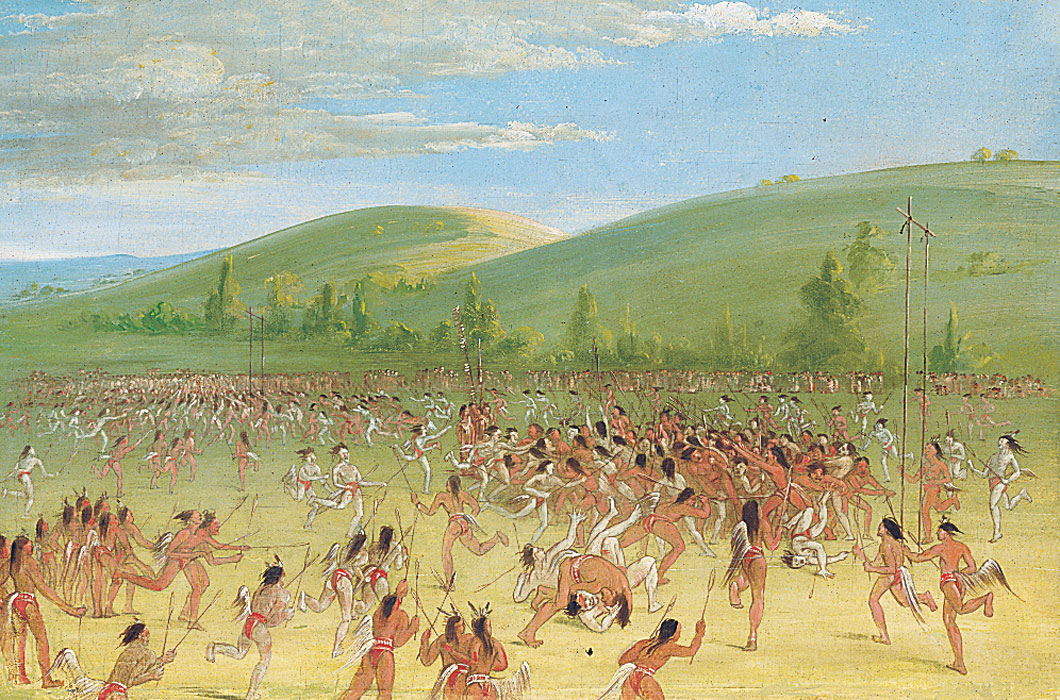
▲ Indians of the Southeast called stickball the Little Brother of War. It turned into the modern game of lacrosse. A stickball game might go from midmorning to late afternoon without a break. Pushing, pulling, butting, and biting were allowed. People would bleed and even break bones. Versions of stickball were played all over America.
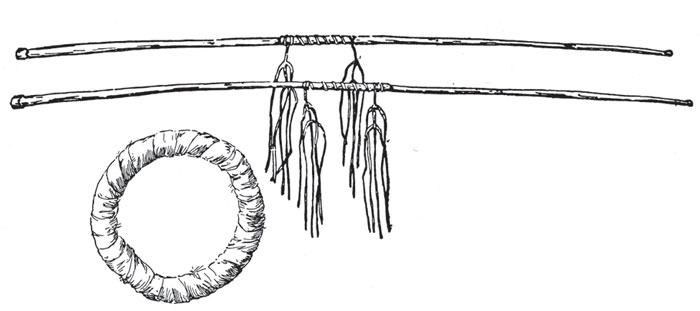
▲ Hoop and pole games were played everywhere north of Mexico. Two males would shoot spears, arrows, or darts at a hoop. Points were scored based on where they entered the hoop. The game sharpened a player’s aim. That made him a better hunter.
In the East and on the Plains, only women played double ball. But in northern California, men played it too. Players had a stick with a crook on one end. They used this to throw two balls that were connected by a strip of hide. The object was to toss the balls over the opponent’s goal. ▶
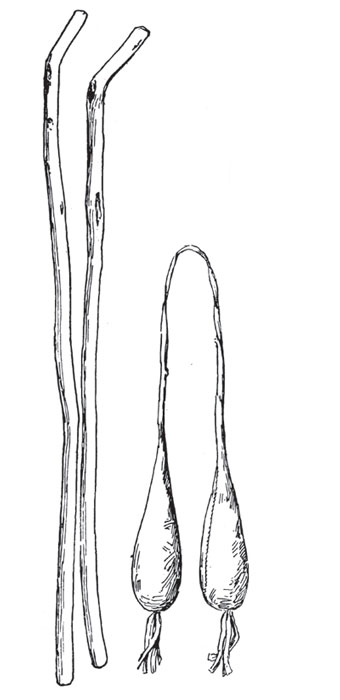
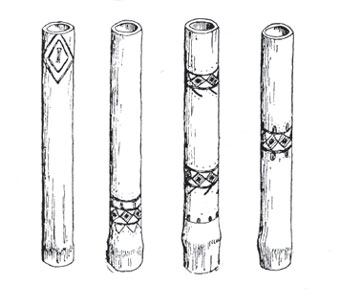
◀ There are many versions of the hidden ball game. It was also called the moccasin game. Here’s how to play. Hide an object under one of four moccasins. It could also be hidden in one of four hollow tubes or under a piece of buckskin. Other players have to guess where the object is. After the Europeans came, the hidden object was often a bullet.
Native Americans also played cat’s cradle. But it wasn’t just for young people. Skilled players could weave the strings into all sorts of shapes: animals, birds, butterflies, or fish. They also could form household objects or show humans doing different things. ▶
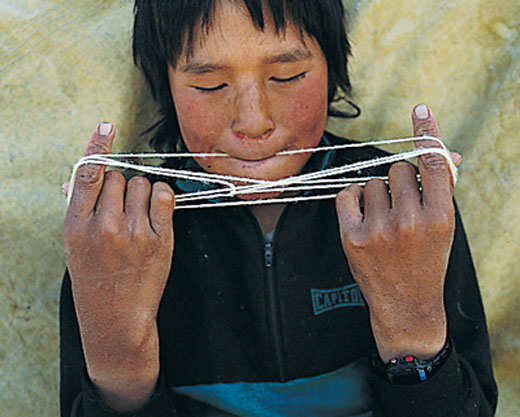
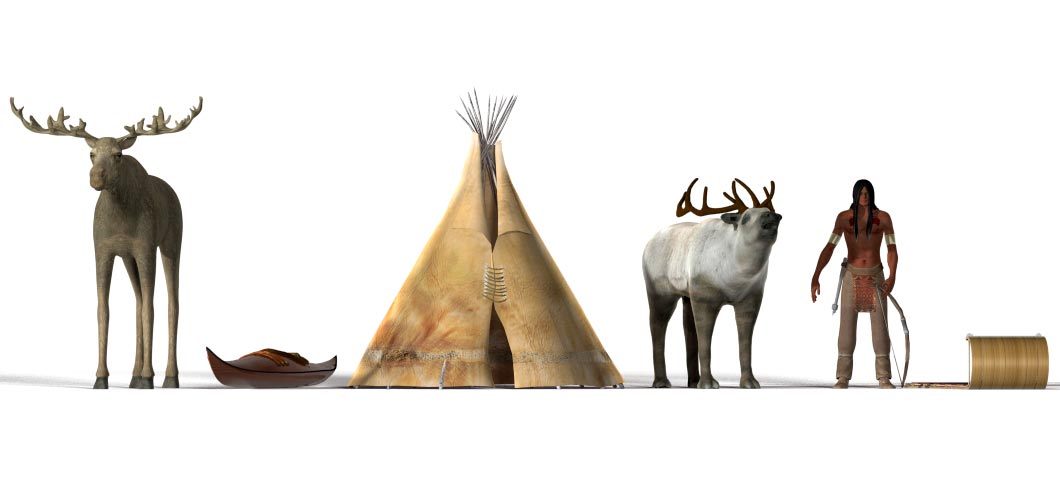
Here are some Native American words we use in English.
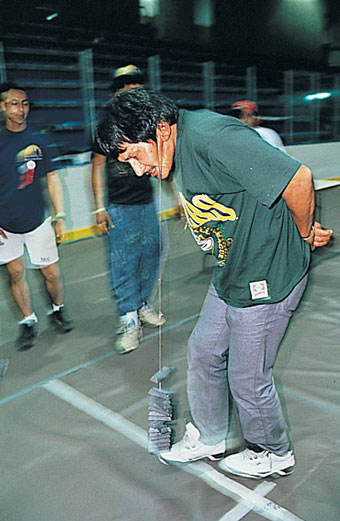
◀ The World Eskimo-Indian Olympics began in 1961. They re-create ancient tests of skill and endurance. These tests used to prepare young men for the hard work of Arctic hunting. Today’s games open with the Race of the Torch. The games’ logo is six linked rings. They represent the six main Alaska Native tribes: Aleut, Athabascan, Eskimo (made up mostly of Inupiat and Yupik), Haida, Tlingit, and Tsimshian. The games include the Alaskan High Kick and the Blanket Toss. They also include the Ear Weight. Contestants walk with 16 pounds of lead hanging from an ear until they can’t do it any more.
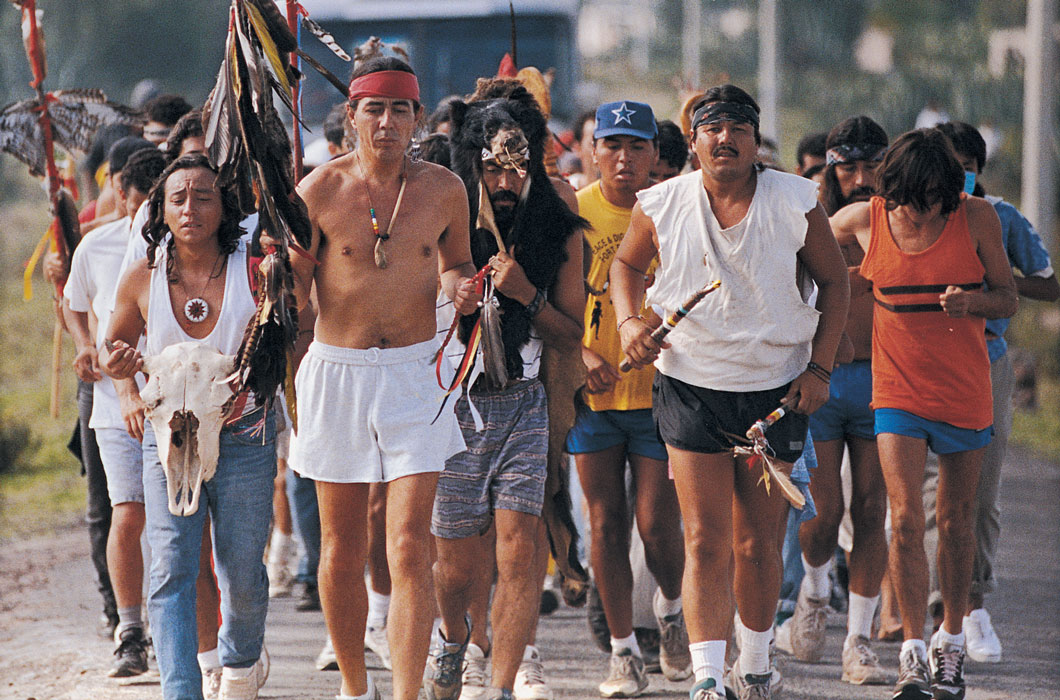
▲ For centuries, Native Americans ran to train for war and hunting. They also ran to carry messages and to enact certain myths. Running kept them in touch with the forces of nature. In 1992, a group of mostly Native Americans ran toward the Pyramid of the Sun, in Mexico. Another group of South Americans met them there. Their meeting was a protest of the 500th anniversary of Columbus’s landing in America.
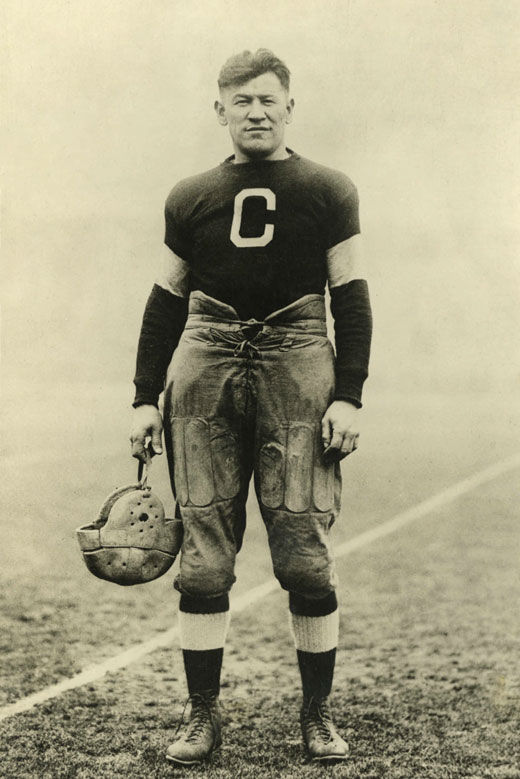
◀ At boarding schools, Native Americans began to play American sports. Jim Thorpe was of Sac and Fox–Potawatomi heritage. At the 1912 Olympics, he took gold medals for the pentathlon and decathlon. Later, they were taken away. Only people who have never played for money can compete in the Olympics. In 1909 and 1910, Thorpe played minor league baseball. He got $2.00 a day to buy food. He didn’t try to get his medals back. In 1982, the Jim Thorpe Foundation was set up to try to restore his medals. In 1983, the Olympic Committee gave exact copies of Thorpe’s medals to his heirs.
Check It Out!
There are 26 U.S. states that got their names from Native American languages. How many of them can you name?
Alabama, Alaska, Arizona, Arkansas, Connecticut, Illinois, Iowa, Kansas, Kentucky, Massachusetts, Michigan, Minnesota, Mississippi, Missouri, Nebraska, New Mexico, North Dakota, Ohio, Oklahoma, Oregon, South Dakota, Tennessee, Texas, Utah, Wisconsin, and Wyoming
